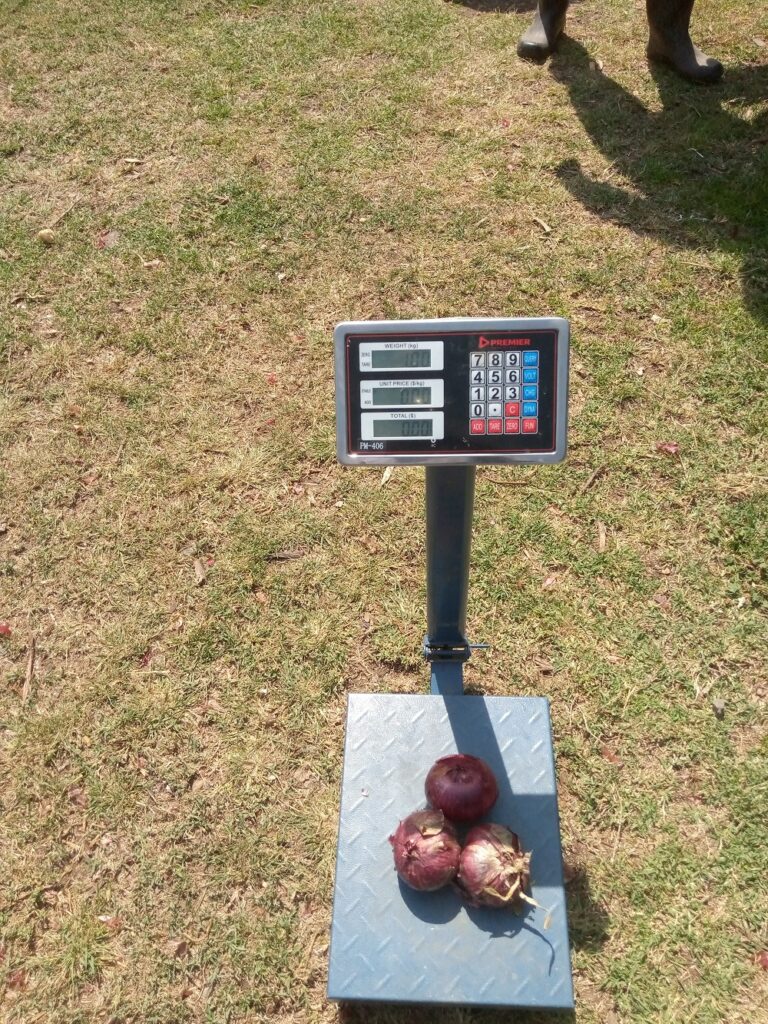Ultra-Modern Farm
Ready to Invest in Agriculture?
All About Onion Farming
The onion is the most beginner-friendly horticultural product. Its always on demand, it can be stored for some time after harvesting and it is less demanding to manage compared to many other crops.
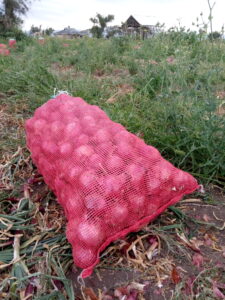
Onion Farming
In Brief
Simple steps that make success a guarantee
You can succeed in onion farming the very first time you try it. Success is measured in terms of the kilograms you harvest per acre – if you manage 10,000 or more the first time, you are doing well. You can get up to 20,000 kgs from an acre of onions when you do things right.
Having the correct information is critical for your success in onion farming. At Espring Farm, we constantly collect data from farmers and information from agronomists to ensure you start your farming journey loaded with information.
We have information about seed choice and possible suppliers from which you can purchase seeds to ensure you avoid counterfeits. We also propagate seeds at our farm, allowing you to go straight to planting once you decide to grow onions.
Proper scheduling of everything from transplanting, fertilizer application, weed control, and foliar is critical for a bountiful harvest. This is where most first-timers fail because by the time they realize something needs to be done, it’s already past the optimal time. Espring Farm provides you with a farming calendar so that you can have a clear idea of what you need to do from transplanting day to harvest day.
Onion farming is not a one-man show. You need farmhands to transplant, weed, spray, and harvest your onions. However, for the best outcomes, you cannot pick up any random people you meet to work on your farm. People with experience can work faster and make fewer mistakes that could hurt your harvest. There are already many experienced people working as day laborers for other farmers at Espring Farm, so you do not need to re-invent the wheel – work with them as you get to know new workers.
Choosing Onion Seeds
Selecting the right bulb-onion seeds means aiming for hybrids with high uniformity, disease resistance, and sufficient seed volume to meet yield goals. Start with a seed that yields a high percentage of medium bulbs—given that each weighs roughly 75–100 g, you’ll need enough seeds to achieve target tonnage. Hybrids like Neptune F1 and Jambar F1 offer excellent disease and pest resilience—including resistance to pink root, downy mildew, fusarium wilt, and purple blotch—while producing uniform, market-preferred bulbs
Ensure you’re sourcing enough seed—typically 1 kg/acre for transplanting or up to 2.5 kg/acre for direct seeding. You can also buy seedlings from a nursery which allows you to buy a specific number of seedlings like 150,000 or 200,000 depending on how many tons you desire to harvest per acre.
Good seed options in the Kenyan market include:
- Neptune F1: Hybrid, medium bulbs (80–120 g), strong disease resistance, 20–30 tons/acre yield
- Jambar F1: Hybrid, medium-to-large bulbs (100–150 g), robust resistance to multiple diseases, 20–25 tons/acre yield
- Red Cornet F1: Hybrid, uniform round red bulbs (90–120 g), pink root resistance, long storage life, 20–25 tons/acre yield
- Malbec F1: Hybrid, deep-red flattened-globe bulbs (100–150 g), tolerant to downy mildew and fusarium, excellent storage (6–8 months), 20–35 tons/acre yield
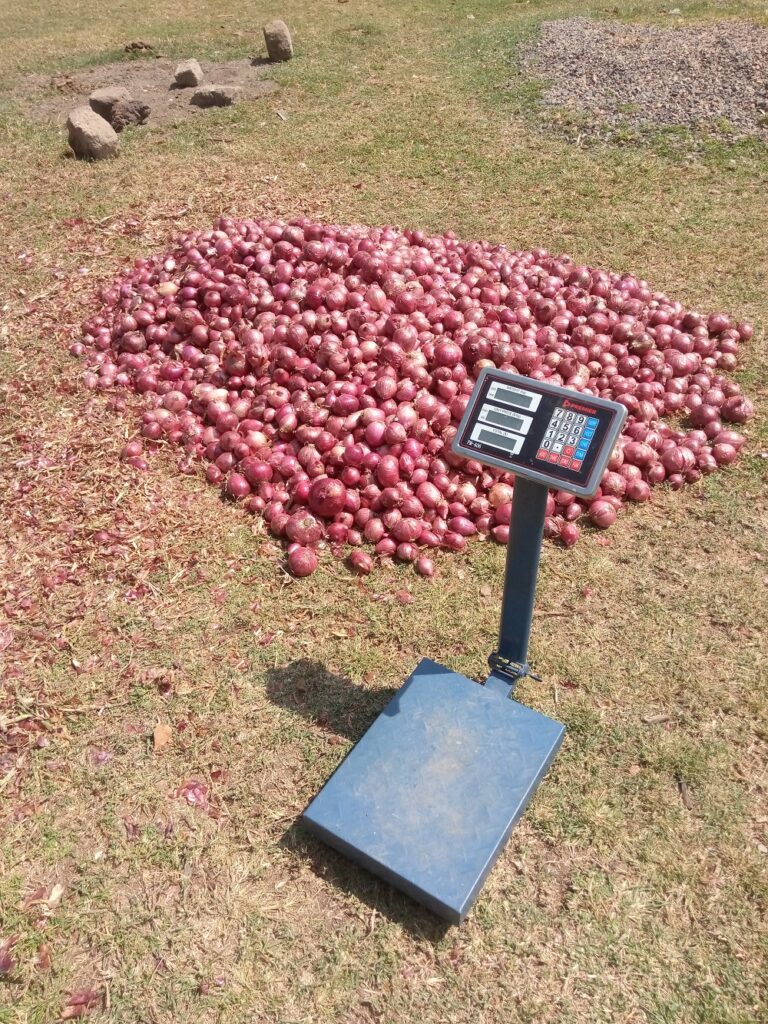
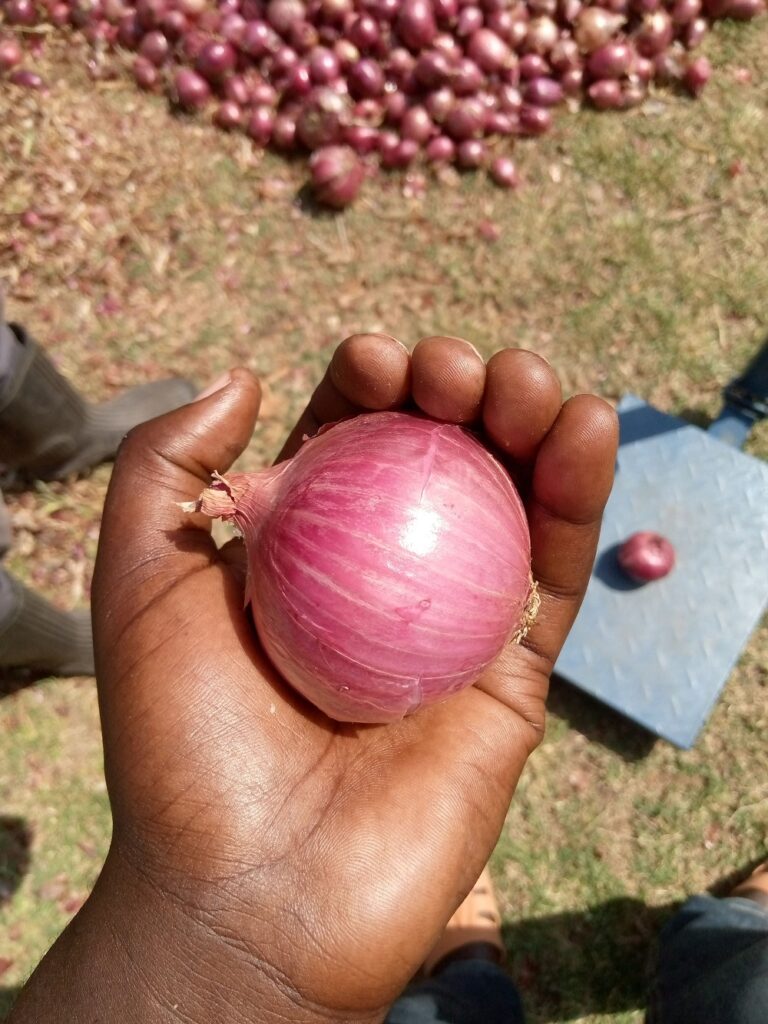
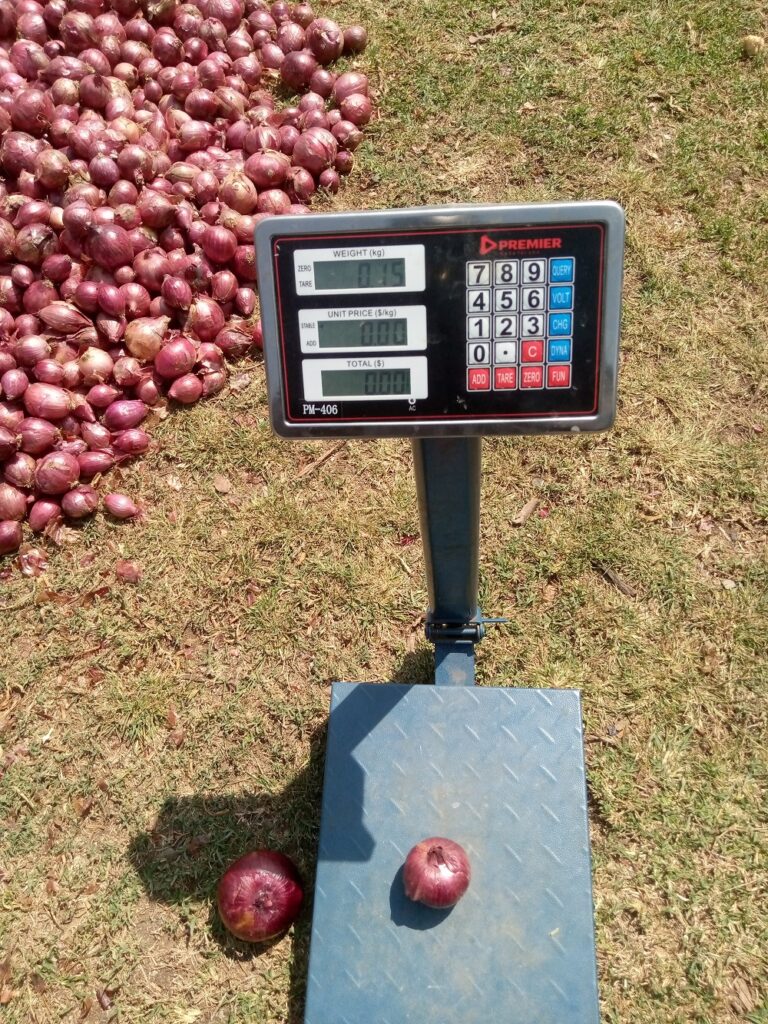
Onion Farming Calendar
Farming onions successfully requires you to know what to do and when to do it. Take for example, controlling weeds, you already know that you can spray herbicides to kill weeds leaving your onions to thrive. However, do you know when you should spray?
If you do it too early, you risk damaging your onion seedlings while if you wait too long the weeds may be too established for the herbicide to kill them off. Many new farmers end up blaming the different brands of herbicide out there yet timing is the issue.
The same applies for other inputs like fertilizer since you need to know when the plant needs a specific nutrient boost like Nitrogen, Phosphorus or Potassium.
This doesn’t mean you have to turn to a science guru. All you need is a Farming Calendar that tells you what you need to put in your farm, the amount you need and the perfect time to do it. The farming calendar is a week by week schedule so you have the flexibility to do things when it best suits your schedules or prevailing weather conditions.
Espring Farm provides farming calendars for reference helping you understand everything you need to do. You can also consult a reputable agronomist to provide you with one before you plant onions.
Proper Nursery Preparation
Most onion farmers fail at the nursery stage—and they don’t even realize it. Seeing the farm covered in rows and rows of onions makes one dream of a good harvest. However, things often turn out very differently by harvest time. This is how the nursery plays into your meager harvests.
- If your nurseries have very low germination, you will end up with fewer plants in the field
- If the seedlings in your nurseries are too weak, many of them will die off once transplanted
Successful onion farming is a game of numbers. A kilo of seeds has at least 200,000 seeds. An acre can take about 190,000 seedlings at standard spacing that produces medium-sized onions (75-100grams), which can give you 14 -19 tons. The percentage of seeds that germinate in your nursery determines whether you can hit these magic numbers. Similarly, the number that survives affects the harvest. Therefore, the nursery is the primary determinant of whether you will succeed or fail.
Espring Farm can connect you with experienced workers to do your nurseries for maximum germination. We also have propagated seeds available at our farm from time to time that you can buy and plant directly, saving you the hassle of managing the delicate nursery work.
Threats to Onion Farming
In onion farming, a various threats can easily unravel your well-laid plans, leaving you with a poor harvest. Threats range from complex issues, such as diseases and adverse weather conditions, to straightforward management issues. In many cases, the simple management-related problems are the leading causes of poor harvests. Knowing them can help you plan more effectively, thereby enhancing your chances of success. Below, we explore a few simple threats you should look out for.
Weeds
Weeds can creep up on your onion crops fast, especially during the rainy seasons. This is a great threat to your onions which do not do well under crowded conditions. Uncontrolled weeds or late stage weeding is likely to leave you with small bulbs and they do no achieve the deep red coloration sought after by buyers.
Soil
Soil characteristics, including the pH, are essential for your onions to thrive. A soil test is necessary before you plant to give you an idea of what you are working with. Ideally, the pH should be around 6.0 to 6.8 for optimal growth. Away from the scientific aspects, the amount of soil you pile on your seedlings can threaten a good harvest. Hiring a team of experienced workers to transplant and weed around your onions ensures only the right amount of soil covers your onion crop.
Nutrients Mixup
Onions have different nutrient requirements at various stages of growth. For simplicity, Phosphorus is critical at the start, Nitrogen during mid growth, and Potassium at the end. When you mix up this progressive nutrient delivery, you end up with a low harvest. Consult your agronomist, taking into account your soil test results, for a customized feeding program.
Rent A Piece of Land Today at Espring Farm
